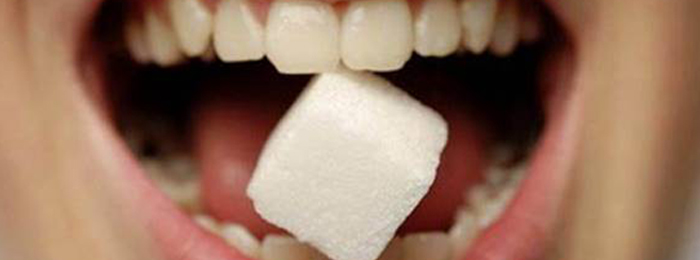Key Points:
- Periodontal diseases are infections of the gums and bone that hold the teeth in place.
- People with diabetes have a higher than normal risk of periodontal diseases.
- Periodontitis can lead to loss of tooth.
Diabetes mellitus is a chronic metabolic disorder can harm the eyes, nerves, kidneys, heart and many other bodily organs. It also badly affects the gums and other mouth tissues. Diabetes that is not properly controlled can lead to periodontal (gum) diseases in both young and old people. Periodontal diseases are infections of the gums and bone that hold the teeth in place. Most people think of gum disease, or periodontal disease, as an infection localised in the oral cavity with tissue destruction confined to the mouth. However, a lot of research provides evidence that there is a link between oral infections, such as periodontal disease, to whole body damage. The strongest evidence of the link relates to diabetes and periodontal disease. Periodontitis has been referred to as the sixth complication of diabetes. People with diabetes have a higher than normal risk of periodontal diseases. On the other hand, gum disease can often be the first sign of diabetes. So, diabetes and gum disease are strongly connected.
Cause of periodontal disease
Periodontal diseases are caused by dental plaque (colorless soft sticky film of saliva, food particles and bacteria which forms on your teeth). The bacteria present in the plaque produce toxic substances that cause inflammation of gums. If the plaque is not removed regularly, it hardens to form dental calculus or tartar [hard, rough and usually yellow or brown in colour]. The hard surface of the calculus makes it even easier to trap more dental plaque. The sustained deposition of plaque leads to swelling of gums and destruction of surrounding bone and other tissues supporting the teeth. Soon, a hole or pocket develops between the tooth and the gums. Severe periodontitis can lead to loss of tooth.
Aggravating factors for periodontal disease.
Although the vicious cycle starts with the accumulation of plaque [most common cause of periodontal disease], a number of other factors can contribute to or aggravate the condition. These include: tobacco use, drugs, hormonal changes, nutritional deficiency, illnesses, stress and diabetes.
Diabetes and Periodontal Disease – The two way relationship
Individuals with diabetes are prone to many infections, including gum infections. But the relationship between diabetes and periodontal disease doesn’t end there. Once periodontal disease is established in a diabetic patient, glycemic control or blood sugar level of diabetes is complicated. Chronic Periodontitis impairs the body’s ability to utilise insulin [insulin resistance]. Insulin resistance makes it difficult to achieve and sustain optimal glycemic control resulting in hyperglycemia. Poor glycemic control causes increased susceptibility to re-infection and more severe periodontal disease. That is why the relationship between diabetes and periodontal disease is sometimes referred to as a two-way path. Severe periodontal disease makes chewing painful or difficult, leading the diabetic individuals to select foods that are easier to chew but that may be dietetically inappropriate. Thus prevention and control of periodontal disease just like optimal glycemic control is essential in the medical management of diabetes.
Signs and Symptoms of Periodontal disease
- Red and swollen gums
- Bleeding gums
- Persistent bad breath [Halitosis]
- Pockets between your gums and teeth
- Gums that pull away from your teeth (recede), making your teeth look longer than normal
- Large spaces between the teeth
- Pus between teeth and gums
- Loose teeth
- How to Prevent Periodontal disease
- Brush teeth at least twice a day
- Floss teeth at least once a day
- Visit the dentist once in 6 months
- Eat balanced meals with proper nutrition
- Maintain a good blood sugar control




